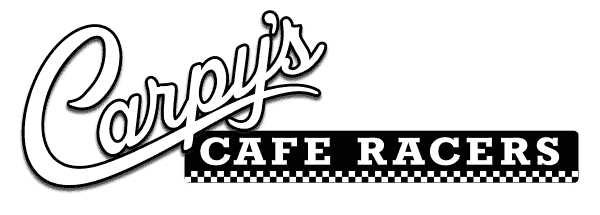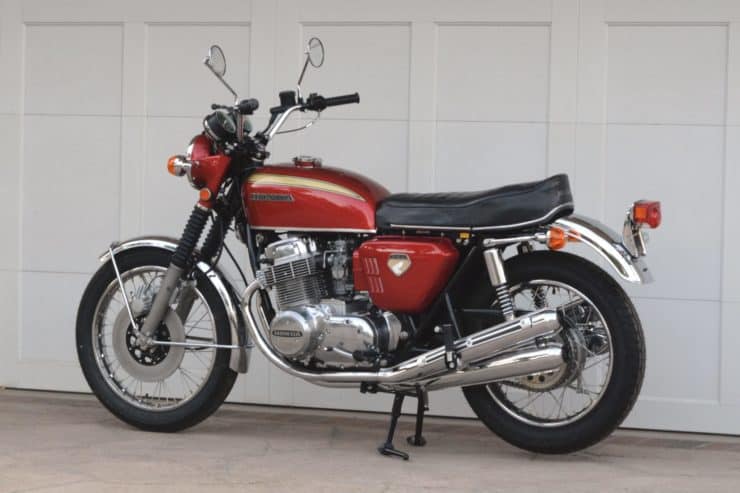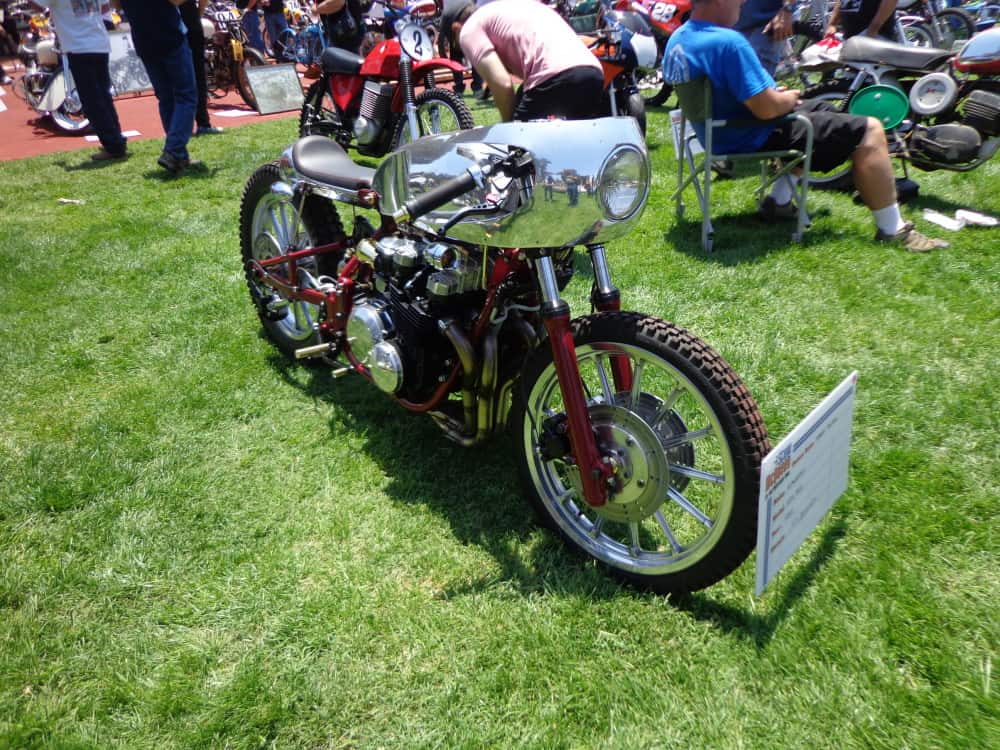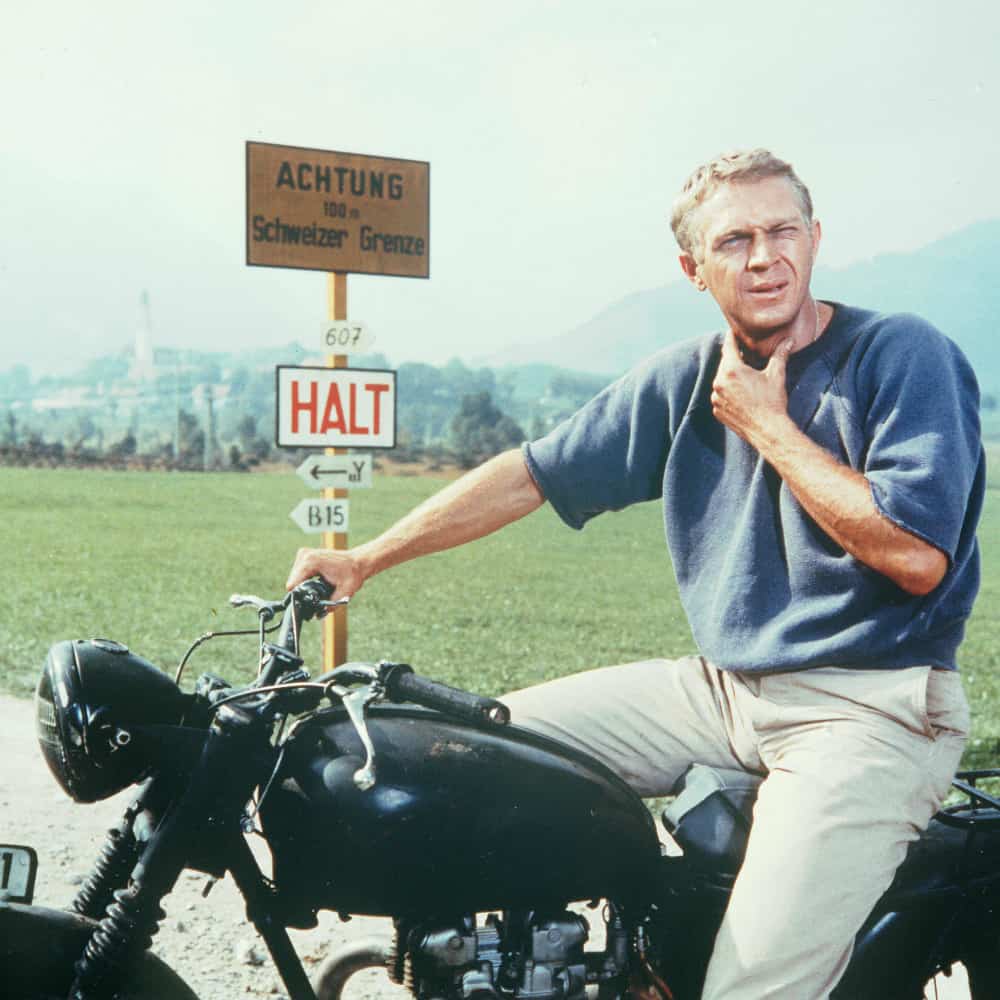This is a rare “Sandcast” 1969 Honda CB750 “Sandcast” that’s historically significant for two reasons, firstly it was the world’s first “superbike” and secondly it was bought new by Steve McQueen through his production company Solar Productions. For those who may not know about this 500 pounds of Iconic Motorcycling Mastery, here is a small […]
Tag Archives: steve Mcqueen
Today was a great morning, a little overcast, but ideal for our ride today as it was that time of year to head out to Chino Hills for the Annual Steve McQueen event and boy was I looking forward to it as this is a huge show with plenty of stuff to look at. […]
June 06, 2015 – Boys Republic Campus, Chino Hills, CA OK- it is time for the 59 […]



